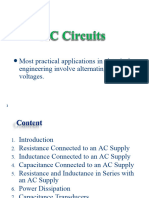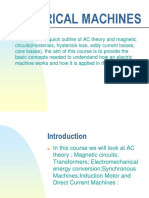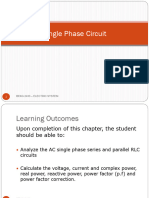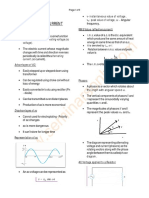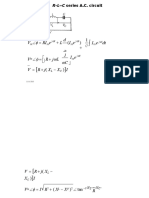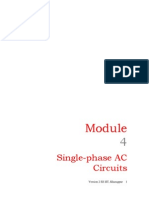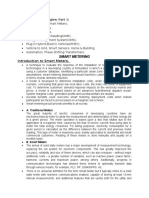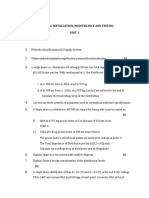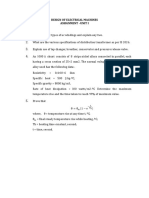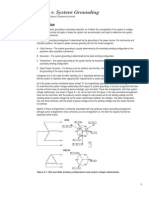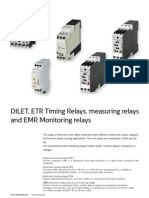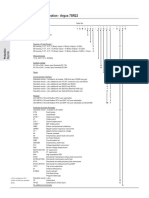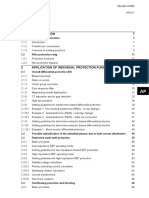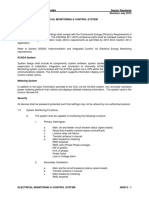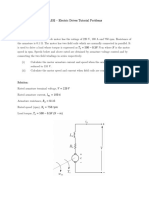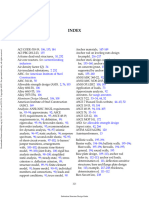0% found this document useful (0 votes)
79 views42 pagesBEE Unit 4
Unit 4 covers AC circuits, focusing on single-phase AC circuits including series R-L and R-C circuits. Key concepts include phasor diagrams, impedance, power factor, and the distinctions between active, reactive, and apparent power. The unit also discusses the instantaneous and average power calculations in these circuits, along with complex notation of impedance.
Uploaded by
deepika srivastavaCopyright
© © All Rights Reserved
We take content rights seriously. If you suspect this is your content, claim it here.
Available Formats
Download as PPTX, PDF, TXT or read online on Scribd
0% found this document useful (0 votes)
79 views42 pagesBEE Unit 4
Unit 4 covers AC circuits, focusing on single-phase AC circuits including series R-L and R-C circuits. Key concepts include phasor diagrams, impedance, power factor, and the distinctions between active, reactive, and apparent power. The unit also discusses the instantaneous and average power calculations in these circuits, along with complex notation of impedance.
Uploaded by
deepika srivastavaCopyright
© © All Rights Reserved
We take content rights seriously. If you suspect this is your content, claim it here.
Available Formats
Download as PPTX, PDF, TXT or read online on Scribd
/ 42








